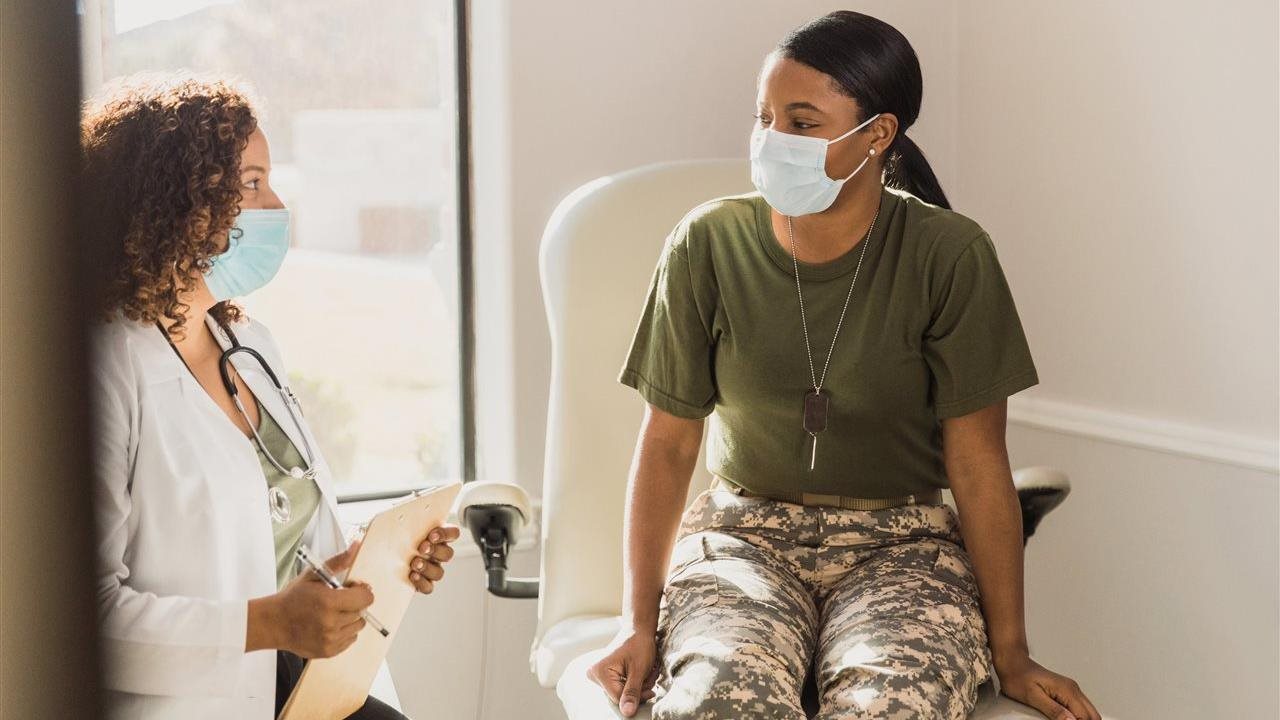2023-02-01T08:01:00
(BPT) – If keeping your heart in tip-top shape is top of mind for you, taking steps to maintain healthy cholesterol levels should be first on your to-do list. According to the American Heart Association, cholesterol is one of the major risk factors for heart disease that’s controllable, making it crucial to talk to your doctor about ways to keep your cholesterol levels in balance. This is even more important as you age.
“Without proper attention, age-related changes can throw off the balance of healthy cholesterol levels, blood sugar levels and other essential components for optimal heart function,” said interventional cardiologist and nutritionist Dr. Heather Shenkman. “Understanding that your cardiovascular system changes over time will hopefully inspire you to take a proactive approach to support your heart health now.”
In honor of American Heart Month, start following these tips to help support your cholesterol and heart health.
1. Keep up with the check-ups
It’s vital to have regular annual wellness exams, including cholesterol screenings. Even if you’re healthy now, having a baseline understanding of your current health condition will help your doctor identify changes that occur in years to come.
“It’s also important to know your family health history, to better understand potential risk factors,” advised Shenkman. “Discuss any concerns you have with your doctor.”
2. Stay active daily
According to the Centers for Disease Control and Prevention (CDC), regular physical activity can help you manage your cholesterol and support your heart health. The CDC recommends 150-300 minutes of moderate activity divided throughout the week, with some activity each day.
“While you may think you don’t have time to exercise, as little as five minutes of exercise will provide heart health benefits,” said Shenkman. “Develop a morning routine that helps you stick to healthy habits. Do light yoga or take a quick walk every day.”
3. Reduce foods that don’t support cholesterol health
To help maintain healthy cholesterol levels for optimal cardiovascular functioning, it’s important to avoid too much processed food, reports the Cleveland Clinic, as this likely contains saturated and/or trans fat, which can raise your cholesterol levels. Check nutrition labels for saturated fat and try to reduce them to under 5-6% of your calorie intake — and eliminate trans fat altogether.
Saturated fat is found in processed meats such as hot dogs and bacon, fatty meats, full-fat dairy products like butter and cream cheese, plus coconut and palm oil. While some saturated fat is needed by your body, overdoing it is all too easy. On the other hand, trans fat — found in fast food, fried food and commercial baked goods — does not contain health benefits.
4. Enjoy foods that support healthy cholesterol levels
If you’re adding more plant-based foods to your diet, you’re probably already on track toward increasing the amount of nutrients, vitamins and fiber your body needs to function. The experts at Harvard Health recommend foods such as these to help round out a balanced diet to help maintain healthier cholesterol levels:
- Oats
- Barley/whole grains
- Beans
- Eggplant, okra
- Vegetable oils
- Apples, grapes, strawberries, citrus fruit
- Soy (soy milk, soy beans, tofu)
- Fatty fish (like salmon or tuna)
5. Supplement to help maintain cholesterol levels
Most people have trouble getting enough nutrients and fiber from foods they eat. To help balance your cholesterol levels and support your cardiovascular and circulatory systems, 1MD Nutrition has created CholestMD®, which contains Bergavit® — a trademarked ingredient derived from bergamot oranges that supports cardiovascular health and healthy blood lipid levels already within the normal range; as well as niacin, which promotes healthy triglyceride levels. Its new improved formula now contains olive leaf extract, which supports healthy circulation and arterial health by aiding in blood lipid level equalization, plus garlic bulb extract, which supports maintenance of healthy blood lipid levels to aid arterial blood flow and cardiovascular health.
“I was drawn to cardiology because so many heart conditions in the world are avoidable,” said Shenkman. “I have a strong appreciation for the benefit a healthy lifestyle provides for cardiovascular conditions. But when it comes to proactive heart care, comprehensive cholesterol support such as that provided by the ingredients in CholestMD® is essential.”
Learn more about how to support your cholesterol and heart health at 1MD.org.

































